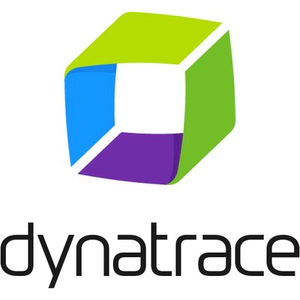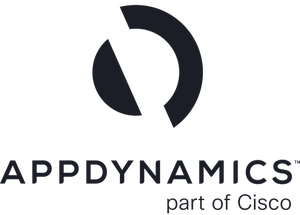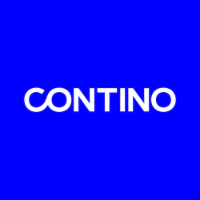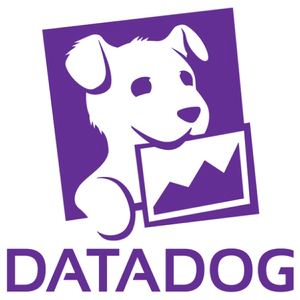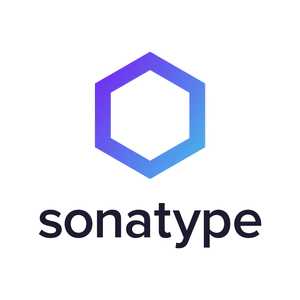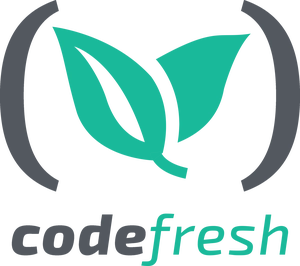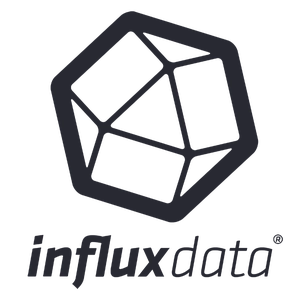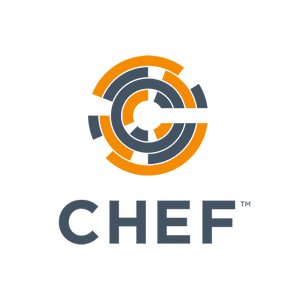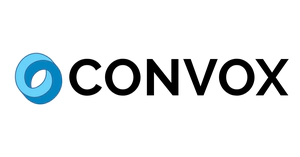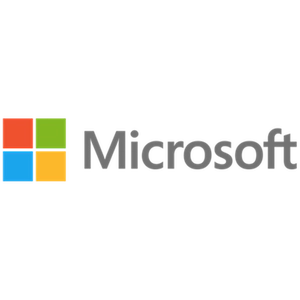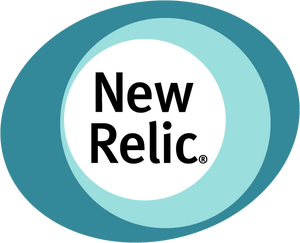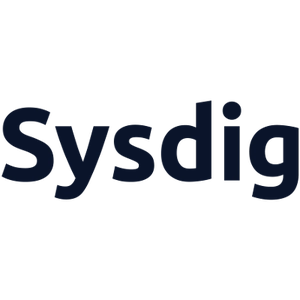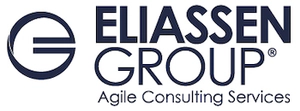Continuous Mapping
Kill all your darlings, crumple all your Wardley Maps. Not every map needs to be a perfectly polished artifact and sometimes a lo-fi, easily discarded sketch (or two or two dozen) is superior in that it allows a space to be wrong and grants permission to explore.
How many times have you walked into an empty conference room to find a geometrically interesting, beautifully colorful diagram adorning the whiteboard only to think, “What the heck does that even mean?” How many times has that mystery diagram been accompanied by a red ink message in all caps threateningly proclaiming, “DO NOT ERASE!!!!!”
There is an alternative to this common office aesthetic. Wardley Maps are a type of mapping for exploring technology decisions. This session suggests a lo-fi approach to these high impact maps because when a shared context is more easily built, the messy artifacts of our decision-making processes are more easily discarded. When these artifacts are more easily discarded, we create a space to be wrong. By lowering the cost of exploring many possibilities we also lower the temptation of prematurely converging on a single, potentially substandard, option.
Eventually, continuous mapping can create a Darmok style conversational shorthand that enriches and accelerates decision making discussions even in the absence of a physically drawn map.
Speaker
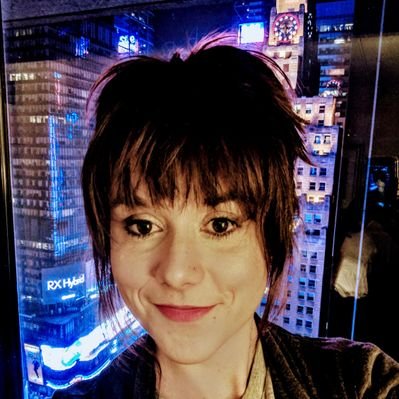
Cat Swetel
Cat is an engineering manager with experience applying Agile and lean principles in a variety of settings: from startups to large enterprises, warehouses to web, etc. She is passionate about ...
